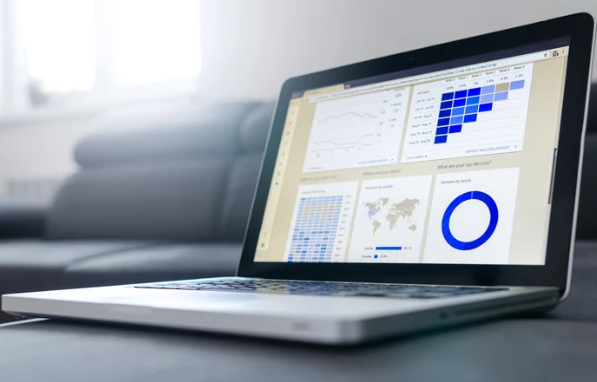China's Banking Sector External Financial Assets and Liabilities: Key Insights as of September 2024
The State Administration of Foreign Exchange (SAFE) has released its latest data on the external financial assets and liabilities of China's banking sector, as of the end of September 2024. The figures provide a comprehensive snapshot of the sector's international exposure, with insights into the balance between assets and liabilities, as well as the currency and sector distribution of foreign holdings.
////
External Financial Assets
ONE

As of September 2024, China's banking sector reported external financial assets totaling USD 1.564 trillion. This is an indication of the sector's strong international position, reflecting its substantial investments abroad. The breakdown of these assets is as follows:
-
Deposits and Loans: USD 953.7 billion, accounting for 61% of total external assets.
-
Bonds Investment: USD 372.3 billion, representing 24% of total assets.
-
Other Assets (including equity): USD 238.2 billion, or 15% of the total.
In terms of currency distribution:
-
RMB Assets: USD 428.3 billion (27%).
-
USD Assets: USD 796.4 billion (51%).
-
Other Currency Assets: USD 339.6 billion (22%).
This data highlights the dominance of USD-denominated assets, which make up more than half of China’s external financial assets. The concentration of RMB assets, though notable, reflects a more balanced approach to global asset diversification.
////
External Financial Liabilities
TWO

On the liabilities side, China's banking sector reported external liabilities of USD 1.503 trillion by the end of September 2024. The breakdown of these liabilities is as follows:
Deposits and Loans: USD 712.9 billion, representing 47% of the total external liabilities.
Bonds Investment: USD 379.7 billion, accounting for 25%.
Other Liabilities (including equity): USD 410.3 billion, or 27%.
Regarding currency distribution:
RMB Liabilities: USD 788.0 billion (52%).
USD Liabilities: USD 381.2 billion (25%).
Other Currency Liabilities: USD 333.7 billion (22%).
The relatively higher share of RMB liabilities (52%) is indicative of the growing international use of the Chinese currency, both as a medium for transactions and as a store of value in global financial markets.
////
Counterparty Sector Breakdown
THREE
A deeper look at the counterpart sectors reveals significant investments in both the banking and non-banking sectors abroad.
-
Overseas Banking Sector: China's banks have extended USD 771.9 billion in assets to the international banking sector, making up 49% of the total external assets.
-
Overseas Non-Banking Sector: The non-banking sector received USD 792.3 billion, which constitutes 51% of external assets. This suggests a diversified investment strategy, with equal interest in both traditional financial institutions and non-financial sectors such as real estate and manufacturing.
On the liabilities side:
-
Overseas Banking Sector: China's liabilities to foreign banks total USD 695.1 billion, or 46% of the total external liabilities.
-
Overseas Non-Banking Sector: Liabilities to non-banking sectors stand at USD 807.8 billion, accounting for 54% of the total external liabilities. This further underscores the banking sector's involvement with a wide range of global non-bank institutions, including investment funds and multinational corporations.
////
Implications for Global Investors and Financial Institutions
FOUR
For global investors and financial institutions, the data reveals several key takeaways:
-
Global Diversification of Assets: With significant holdings in both banking and non-banking sectors, China's banking sector is strategically diversifying its external financial assets. This could be an attractive opportunity for foreign businesses looking to partner with Chinese banks or tap into China's broad international exposure.
-
USD Dominance: The concentration of assets in USD reflects the continued prominence of the US dollar in global finance. However, the presence of RMB-denominated assets and liabilities signals China's growing financial influence, offering opportunities for businesses and investors to engage with China's currency more directly.
-
Increased Liabilities with Non-Banking Sectors: The larger share of external liabilities tied to the non-banking sector suggests a global expansion of China's financial and business interests outside of traditional banking. This may indicate both opportunities and risks for international financial institutions looking to align with China's growing global footprint.
Currency Dynamics: The growing share of RMB in both assets and liabilities reflects China's push to internationalize its currency. This trend could lead to further market integration, making RMB a more viable currency for international transactions.





















































First, please LoginComment After ~